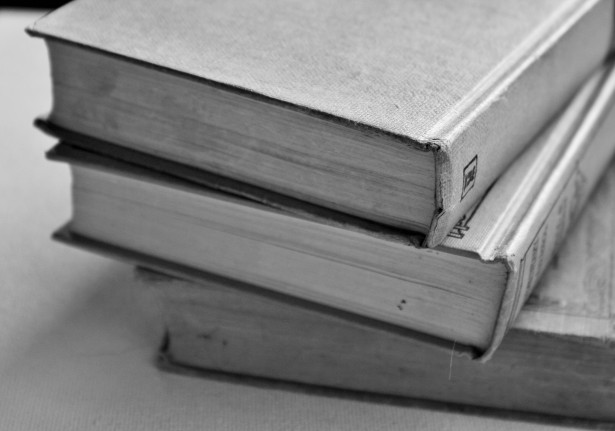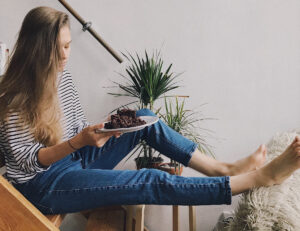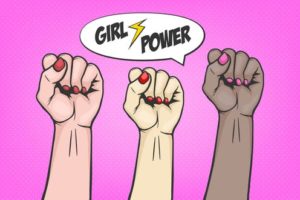How Self-Publishing Made Me Appreciate Books More

This past summer I’ve been on a deadline. Project, “publish all the things.” To summarize it, I ended up with so many second and third drafts that it was time to finish the novellas and series that I had been writing while in college. Specifically, I had two novellas to self-publish.
When a reader thinks of publishing, there’s this preconceived idea that the author hands over the document to a publisher/self-publishing platform and out pops a book. That the first thing they write is what ended up being the book in your hand. Now that I’ve gone through the steps myself, I literally cannot stop laughing at this writing stereotype.
Here’s the reality of self-publishing from how I’ve learned it. There is no super secret team of people to take over the story once you write, “The End.” (Or, “To Be Continued.”) If you have the money you can gather a team made up of editors, proofreaders, illustrator/photographer for the book cover, and marketer to get the word out. Nope, my pre-grad school wallet couldn’t achieve that so it was me, the editing program, and sometimes the help from someone who could give the project a fresh look. No super sneaky guys in black ready to whisk away my first draft to make it perfect for publishing and no easy breeze through anything.
For the curious, here’s how a self-published book is made.
You get your final draft – nope, I’m not going to give a number because every writer is different and edits the document differently. Likewise, if you think a first draft is good enough for self-publishing think again. No one’s first draft is the quality that a reader likes. So rule here is edit, edit, edit. If you think a first draft of anything is good enough, I am going to throw all of my English textbooks and self-editing books at you. Never, EVER, publish a first draft. Publishing a first draft is going to lead to failure and a lot of bad reviews.
Then you do formatting which I’ll summarize as hitting the tab button a few hundred times or until your fingers feel like it’s going to fall off. (Curse you MLA format!) Then and only then are you ready to go onward to the book cover and the summary. Which means endless hours of searching for premade book covers or stock images that suit your story.
Next steps can vary from person to person. One way is that you can upload all of it to the self-publisher of your choice and hit submit after adding a bio and links to your website. The other is to submit the document and info to the copyright office then upload. Either way works, but remembering that books are plagiarized and even copied. This is something that every writer should think of and be prepared for. Copyright is proven by dates when the matter is brought to court. So, the sooner it’s documented of being owned by you, the safer your brainchild is from every writer’s worst nightmare.
Done yet? Nope! Next you test your book to ensure the formatting went through correctly. After that you’re being a social media marketer by shouting the release from the rooftops.
How was my experience with self-publishing two novellas? I met my goal despite not having internet at the time I clicked submit and did all of my marketing in the beginning from my iPhone. So despite hyperventilating panic attacks and the, “dear god what the heck am I doing?” followed by self-consciousness – I haven’t been chased away from prose writing. Granted a few readers might be more willing to hit me upside the head over me taking perfectionism too far. Now, though I look at my favorite authors with extreme respect and awe.
Self-publishing solo feels like running a circus. I can’t even imagine popping out a book/sequel every other month even if I had that magical team to back me up. (Actually, with my hate for format editing I can imagine having someone do that.) It’s an unintended outcome of learning my career but I’m happy for it. It makes me less grumpy about the price of a book I want.







